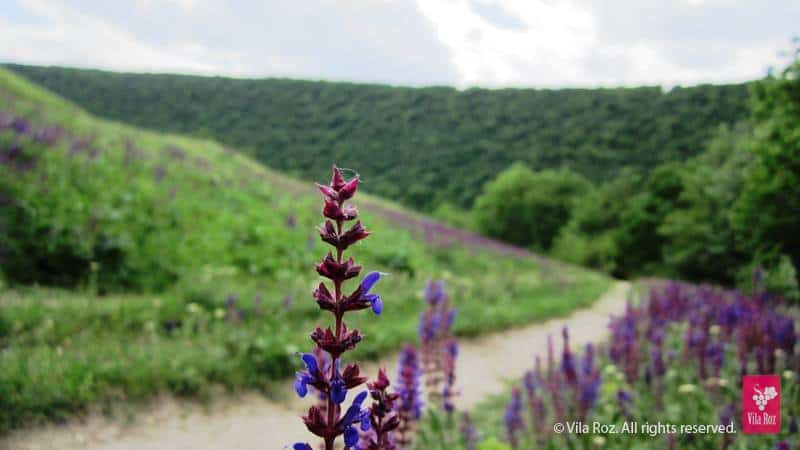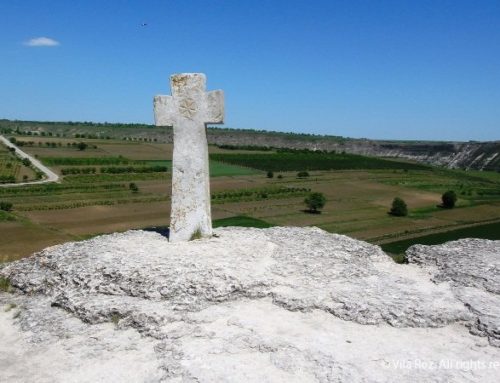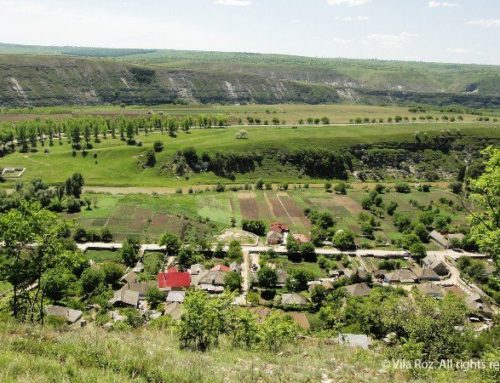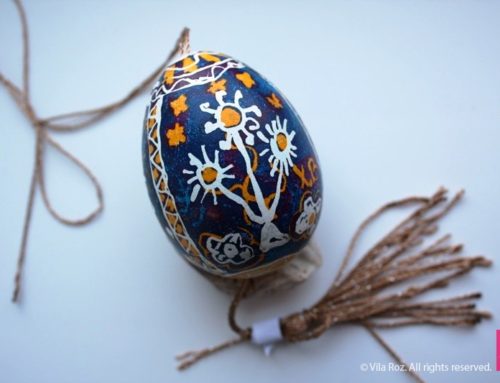Travel to Moldova and discover the unique beauty of the country. Below you can find general information about the country, some popular attractions and its capital Chisinau.
Moldova or officially Republic of Moldova is a South-Eastern Europe country, bordering Romania on the west and Ukraine on the east. Despite the fact that Moldova is landlocked, it is connected to the Black Sea through a port on the Danube near Giurgiulesti village.
Moldova has a temperate continental climate. Each of the four seasons is well distinguished, with a mild winter and a warm summer. Hence, attractions and activities are available all year round; each season having a special flavour.
Since 1998, the number of foreigners coming to Moldova has increased considerably. The majority of them are tourists from Romania, Ukraine or Russia.
Moldova offers a variety of tourist attractions, such as ancient monasteries from approx. 1420s built by talented artisans. The Orhei archaeological complex is one of the most important tourist attractions in Moldova, being visited by a large number of tourists from all over the world. Among other attractions to be considered during your travel are two citadels: Soroca fortress and citadel Tighina, both located on the right bank of the Nistru River. The citadels were part of a larger defense system that included the City Hotin and the White Castle located in Ukraine today.
Popular Attraction Old Orhei Archaeological and Historical Site
In the era of peoples migration, Christian life in the Orhei caves was eternal and sacred. In medieval times, Orhei’s cave complexes have evolved greatly. The increasing numbers of adults dedicated to a monastic life led the monks to deepen the old caves, rearrange them according to the canons of the Christian religion, curve new caves, new cells for the hermitage, underground churches and galleries with multiple monastic rooms.
The cave complex has been well preserved. However, there many parts did not survive the damages caused by different historical events or natural catastrophes (such as frequent earthquakes). Analysis of Orhei’s rocks show that during hundreds of years, tens of monastic cells have collapsed and today only some segments of their base can be traced. Nevertheless, a good part of the cave complex has been restored and is now a popular historical site for travellers.
Wondering how to get to the Old Orhei site? Travel directions can be found here.
A fun video compilation of comments made by foreigners and Moldovan citizens about Moldova.






